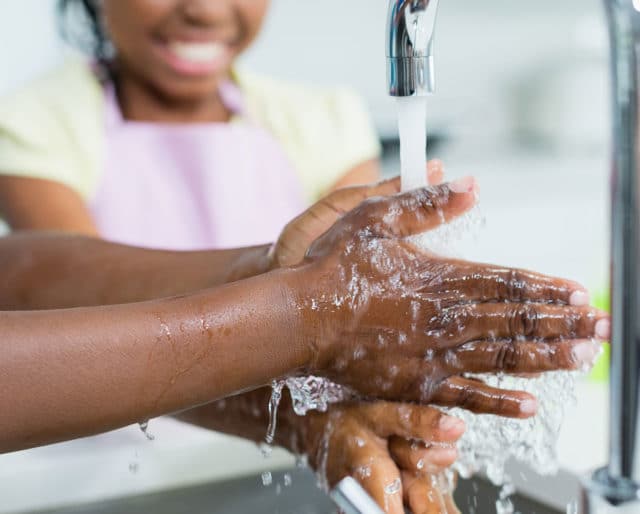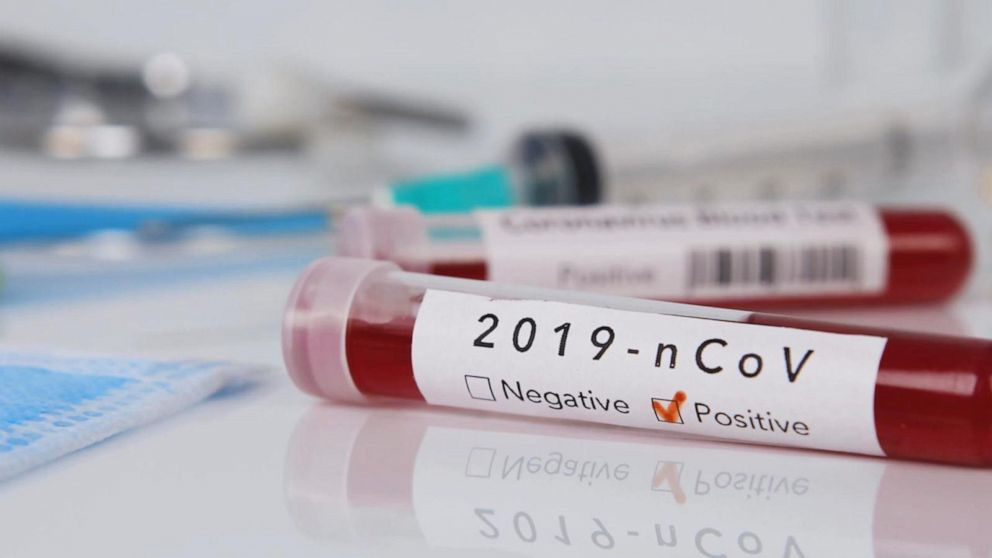
You probably know the basics of proper hand-washing by now: At least 20 seconds, and scrub those fingertips, not just your palms.
But what about your wedding ring or wristwatch? Should you take those off while you wash your hands? Can they carry the new coronavirus?
As the outbreak of COVID-19 spreads around the globe, public health officials have advised that properly washing your hands is one of the best ways to protect yourself and others.
However, what to do about rings and other jewelry is often not addressed in these guides.
“In a situation where we are in extraordinary measures to limit COVID-19 transmission, I think removal of rings/jewelry when washing hands – or perhaps limiting their wear altogether right now – represents a wise move forward,” Rochelle Walensky, chief of the division of infectious diseases at Massachusetts General Hospital, wrote in an email to USA TODAY.
First defense against coronavirus:20 seconds of proper hand-washing
Latest coronavirus updates:Govs close bars as strict virus control measures sweep nation; stocks crash, schools close
Walensky said that past studies have shown that germs can live under rings over time, but there’s been limited information on whether this can lead to transmission. This is especially true of the COVID-19 virus, as public health officials are still learning about and studying it.
Nikita Desai, a pulmonologist at the Cleveland Clinic, echoed Walensky’s advice. While a lot depends on the specifics of the virus and the surface it is living on, removing jewelry while washing hands may be prudent.
“When healthcare professionals prepare for sterile procedures such as surgery, hands must be washed free from rings, watches and jewelry. While we are not expecting the general public to be prepared for conducting surgery, it greatly reduces the risk of spreading disease to have everyone’s hands as clean as possible,” Desai wrote in an email to USA TODAY.
According to Desai, studies have shown that viable viruses have been detected up to 4 hours after exposure on copper, up to 24 hours on cardboard and up to 2-3 days days on plastic and stainless steel.
“The virus lives outside the human body, and uses inactive objects to continue to spread,” she said.
The Centers for Disease Control and Prevention recommends a four-step process:
- Wet your hands with clean, running water. To save water, turn off the tap while applying soap.
- For at least 20 seconds, scrub your hands. That’s about the amount of time it takes to sing “Happy Birthday” twice.
- Rinse your hands well.
- Dry your hands using a clean towel.
Contributing: Joel Shannon
Follow USA TODAY’s Ryan Miller on Twitter @RyanW_Miller










